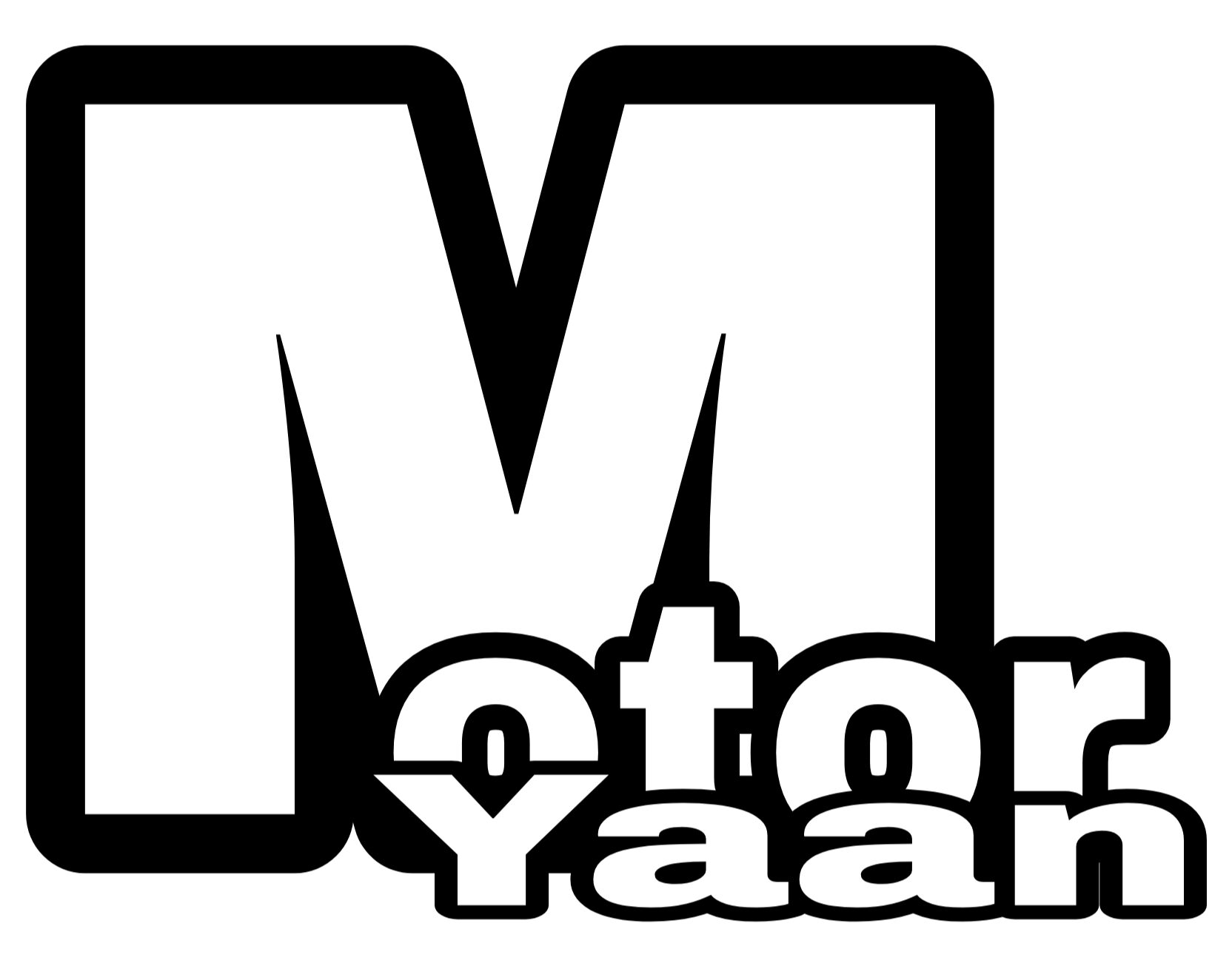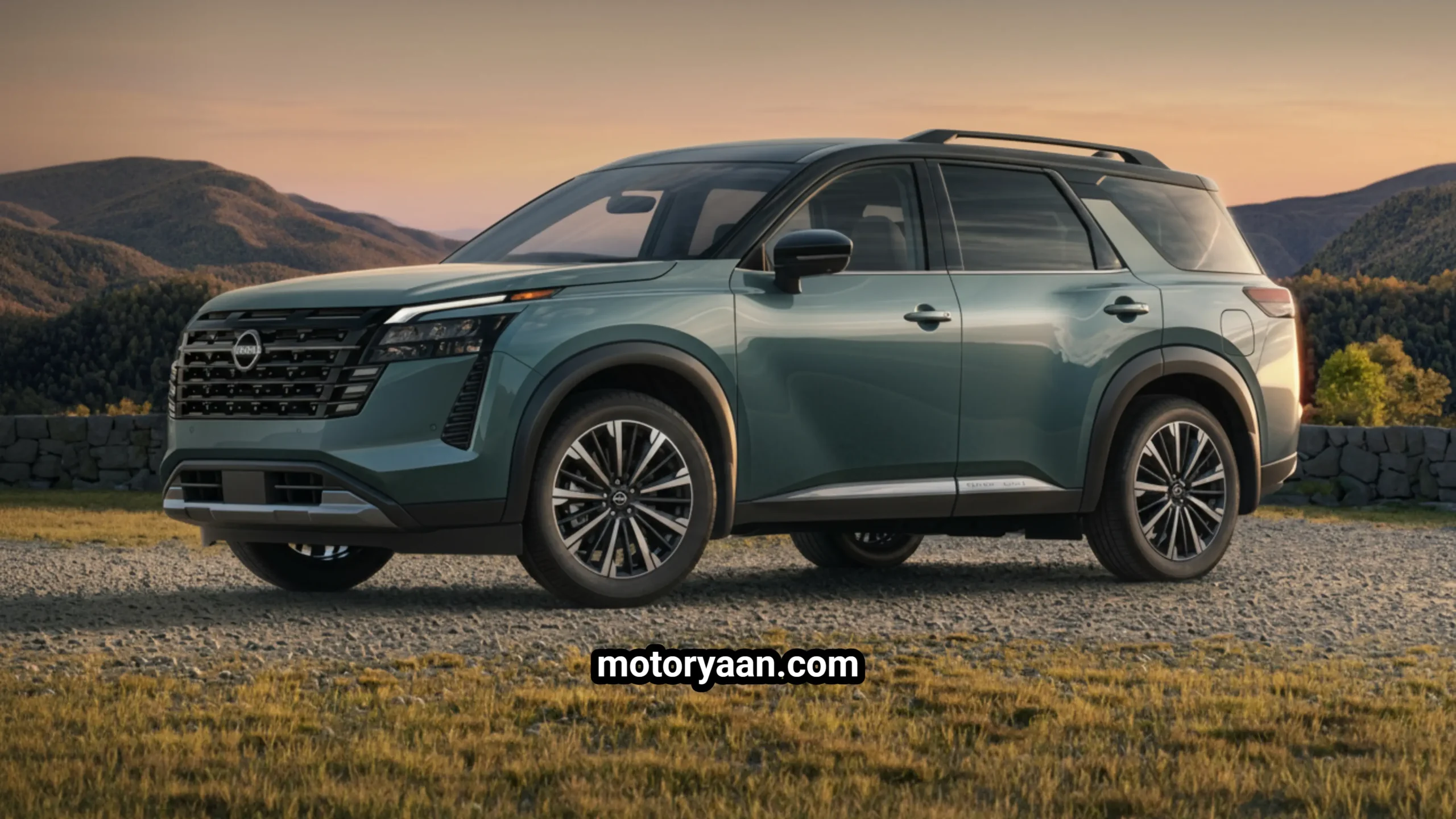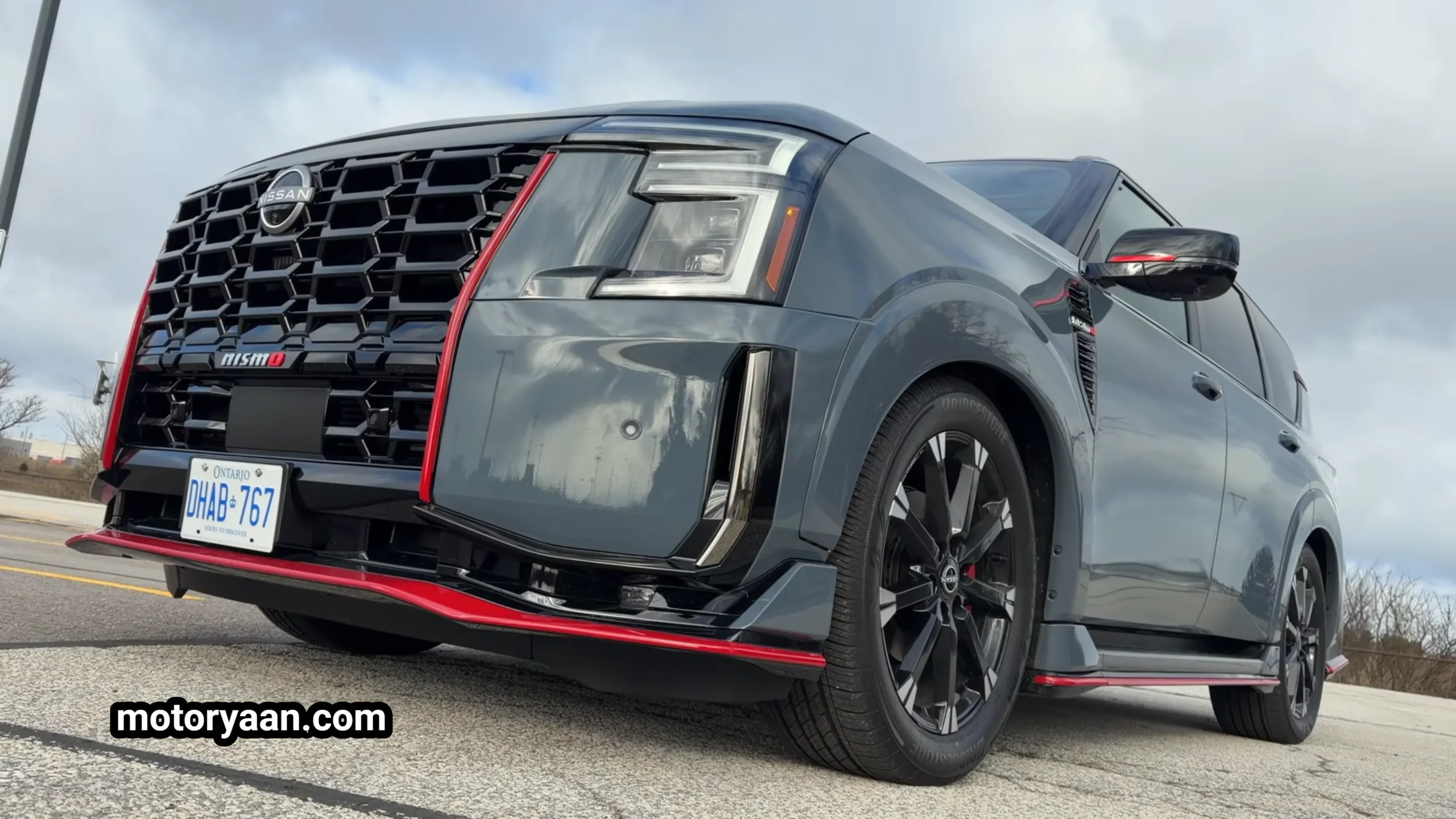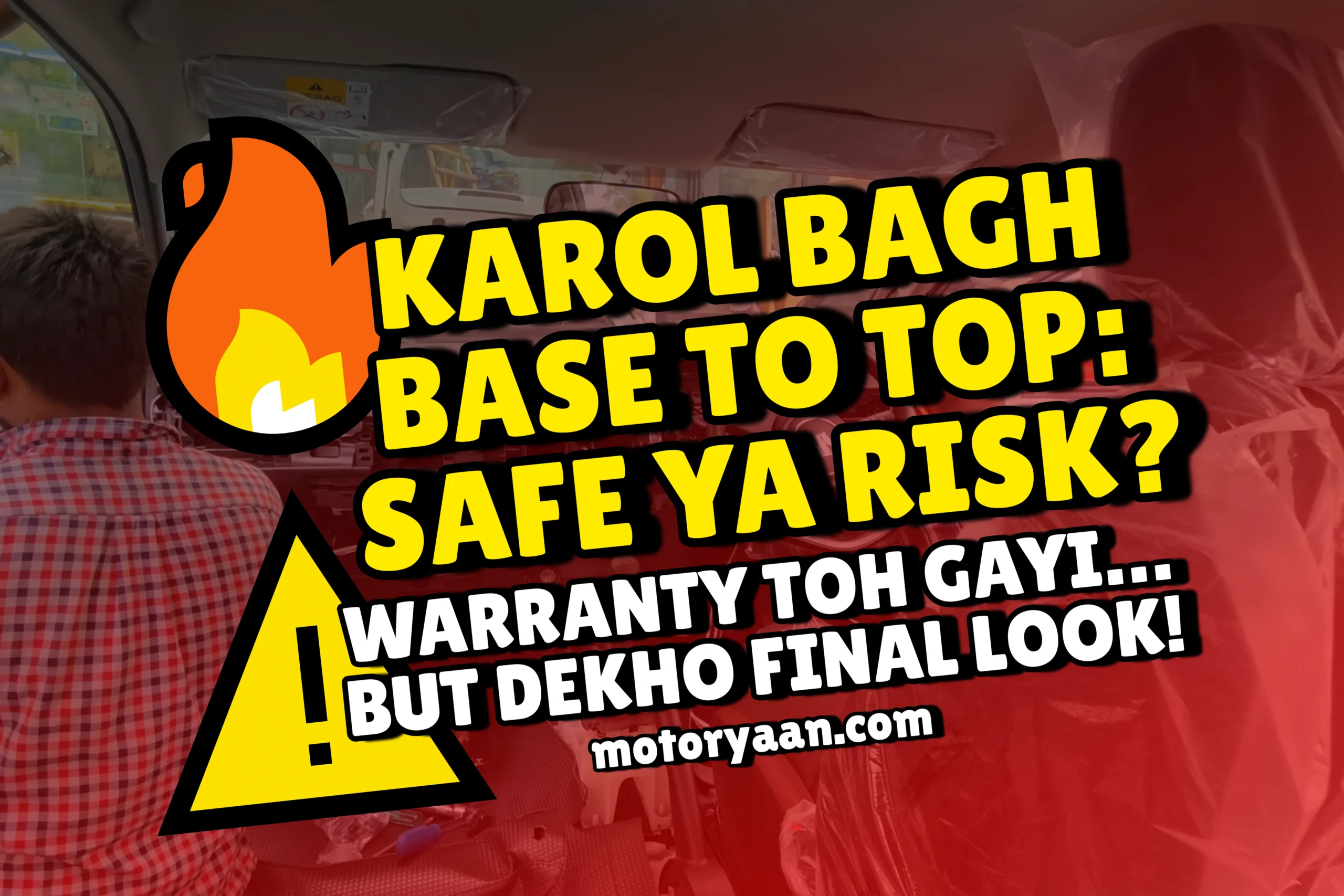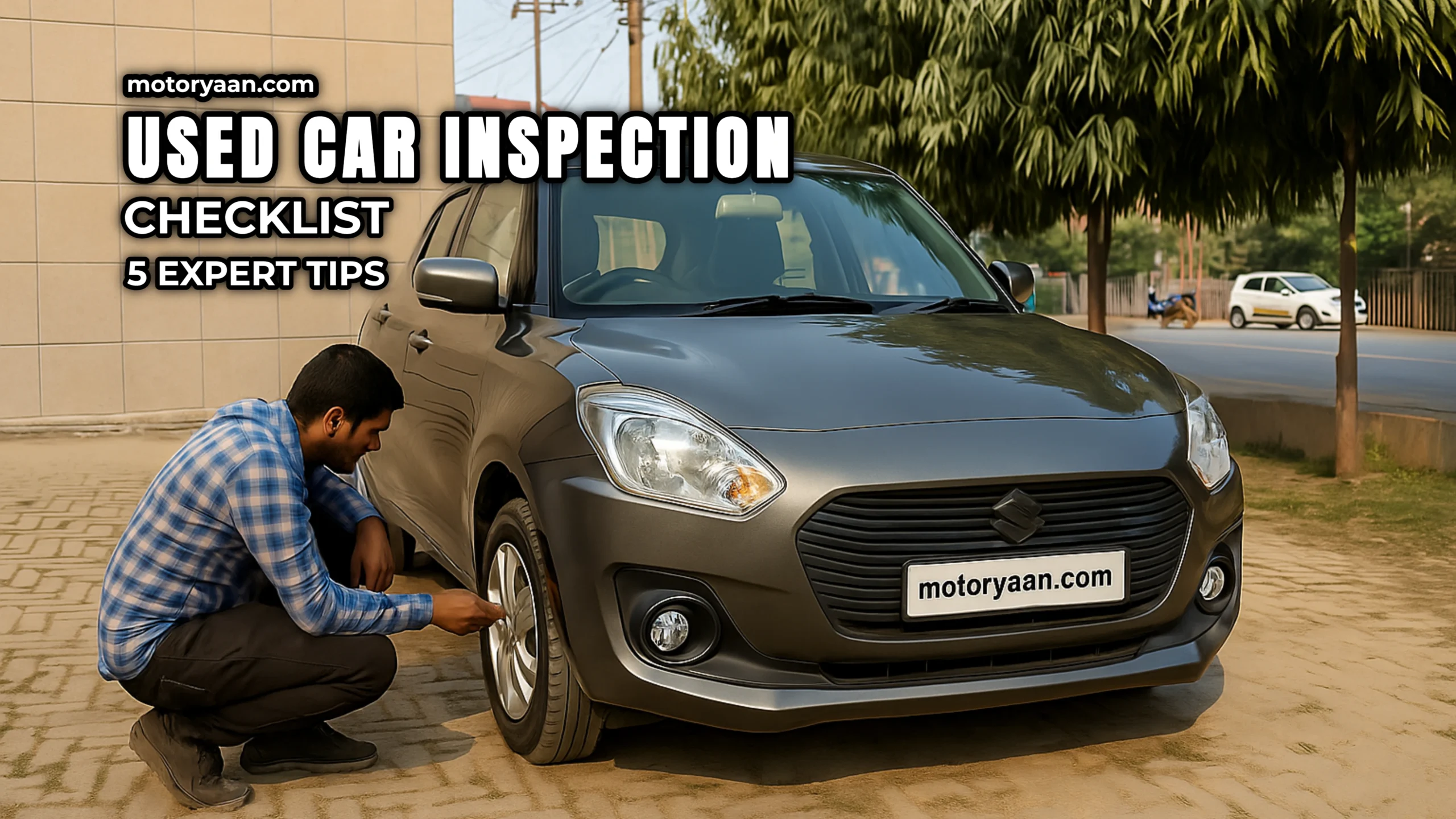Used Car Inspection Checklist Overview
The used car inspection checklist is essential to ensure your second-hand purchase doesn’t turn into a liability. This guide covers five critical checks: Engine, Exterior, Interior, Test-Drive, and Documents. It offers a structured method to assess any used vehicle. Proper inspection brings peace of mind and smart spending.
1. Engine & Mechanical Check
The engine is the most expensive component. Any oversight can lead to major repair costs.
Checklist:
Engine starts smoothly; no heavy vibrations or loud cranking
Check exhaust smoke:
White: Possible coolant leak or head gasket issue
Blue: Oil burning (worn rings/seals)
Black: Poor fuel tuning
Inspect oil for sludge or milky appearance
Check fluid levels (coolant, brake, power steering) for proper level and cleanliness
Inspect belts and hoses for cracks or wear
Look underneath for oil or fluid leaks
2. Exterior & Chassis Check
Bodywork inspection can reveal accidents or poor repairs.
Checklist:
Panel gaps are even across doors, bonnet, and boot
Paint color is consistent on all panels
Use a magnet to detect filler (suggests body repair)
Check for rust under wheel arches, boot floor, and side skirts
All tyres are of the same brand and size, with good tread
Headlights, indicators, and wipers are functional
3. Interior & Electronics Check
The cabin must offer comfort and functionality for daily use.
Checklist:
Seats are free from cuts, tears, or stains
Manual and power adjustments work correctly
Remove floor mats and check for moisture or mold
Pedals show wear consistent with mileage
All dashboard indicators and gauges function properly
AC and heater blow effectively with no odors
Music system, windows, and locks operate smoothly
Sunroof (if present) opens and closes properly
4. Test Drive Evaluation
A test drive helps you understand the car’s actual condition.
Checklist:
Engine idles and accelerates smoothly
Gear shifts are seamless; no lag or jerks
During hard braking, the car stops in a straight line
Steering is responsive and doesn’t produce noise
Suspension absorbs bumps without knocking
No vibrations or pulling on highways
5. Documents & Title Check
Proper documentation ensures legal ownership and safety.
Checklist:
RC owner name matches the seller’s name
VIN and engine number on RC match the vehicle
Insurance and PUC are valid and up to date
No active loan or lien on the title
Odometer reading is consistent with records
Title must be signed cleanly—no overwriting or errors
✅ Used Car Inspection Checklist
Final Summary
Following this used car inspection checklist protects you from hidden problems. By checking the engine, body, electronics, and test-driving the vehicle, along with verifying legal documents, you gain complete confidence in your purchase.
Bonus: What to Carry During Inspection
Flashlight
OBD-II Scanner
Magnet (for body filler check)
Screwdriver & notepad
Coin (to check tire tread depth)
Microfiber cloth
Printed checklist copy
Frequently Asked Questions (FAQs) – Used Car Inspection Checklist
1. Why is a used car inspection checklist important?
A used car inspection checklist helps identify mechanical, structural, and documentation issues before purchase, reducing the risk of costly surprises.
2. What are the key areas to inspect in a used car?
Major inspection areas include engine, transmission, brakes, suspension, tires, body condition, electronics, interior, trunk, and legal documents like RC, PUC, and insurance.
3. How can I detect if a used car has been in an accident?
Check for uneven panel gaps, mismatched paint, tape lines, or non-metallic fillers using a magnet. These are signs of previous bodywork or collisions.
4. What are common red flags during a test drive?
Vibrations, steering pull, delayed gear shifts, brake shimmies, or abnormal engine noise are all warning signs of hidden mechanical issues.
5. How do I verify car documents before purchase?
Ensure the RC matches the VIN, verify insurance and pollution certificate validity, and check for any bank loan or lien on the title.
6. Should I inspect a car myself or take a mechanic?
If you're confident, you can inspect using a checklist. For more assurance, especially for high-value cars, hiring a professional mechanic is recommended.
Have questions about any car? Just fill out the contact form below to ask us directly! Our team at Motoryaan.com will get back to you with expert insights and the latest updates to help you make the right choice.
Stay tuned to motoryaan.com for more automotive news, reviews, and updates.
Recent Posts :
2025 Mahindra Thar 3-Door Facelift Spotted Testing – Updated Styling, Features & Launch Details
2025 Triumph Speed T4 – New Colour Options, Features, Technical Details & On-Road Price
- 2025 Renault Triber CNG: The Most Affordable and Family-Friendly 7-Seater in a New CNG Avatar!
- VinFast VF 7 Spotted Before India Launch – Top Features, Price & Launch Details (2025)
- 2025 Skoda Octavia RS: Powerful Engine, Sporty Design, and Premium Features to Launch Soon
- 2026 Mahindra XUV700 Facelift Spotted Testing with Exciting Design and Feature Upgrades!
- Why the New Citroen C3 Sport Edition is Worth the Hype in 2025
- All-New 2025 Hyundai Alcazar – On-Road Price, Mileage, Features & Variants Explained
- MG ZS EV Price Drop 2025 – What’s New for Buyers?
- 2025 Skoda Kylaq New Variant Revealed! Launch Timeline, Features & Pricing Explained
- Volkswagen ID.2 Electric Polo: Everything You Need to Know About This Powerful EV Hatchback Launching in 2026 (400km Range)
- 2025 Skoda Superb India Launch – Features, Pricing & Complete Breakdown
- 2025 Skoda Kushaq Facelift: Powerful Comeback with Impressive Updates!
- 2025 Triumph Scrambler 400 XC Review: A Powerful, Retro-Inspired Off-Road Machine
- Volkswagen Golf GTI India Launch – ₹53 Lakh Price Tag, Only 150 Units | Hot Hatchback Returns in 2025!
- 2026 Mahindra Bolero AI Generated Image: Bold New Design Revealed from Spy Shots
- Tata Punch EV Facelift 2025: Powerful Update Coming with Major Changes
- 2025 Toyota Urban Cruiser Hyryder V Hybrid Gets Smarter – Top Features at the Same Price!
- VinFast VF6 India Launch: A Strong First Step
- Hyundai Verna Facelift Spied Testing in India – A Premium Update Coming in 2026
2025 Tata Tiago CNG AMT Review: Best Value Hatch with Automatic CNG?
- 2025 Kia Carens Clavis HTE Optional Review: A Value-Packed 7-Seater for Indian Families
- 2025 Tata Altroz Diesel Pure Review – A Value-for-Money Hatchback for Mileage Lovers
- 2025 Toyota Innova Hycross Exclusive Edition Review | Full Feature Breakdown
Tata Sierra Triple Screen Dashboard – What Makes This Upcoming SUV So Special?
- Hyundai Verna SX+ Variant Price, Features & EMI Calculator – Best Value Sedan 2025
- 2026 Mahindra Bolero Spied Testing – Exciting New Look, Features & Upgrades Revealed
- 2025 Maruti Grand Vitara Zeta Optional: The Best Value-for-Money Variant?
- Tata Harrier EV Base and Top Variant: A Detailed Review
- 2025 Tata Harrier EV: Booking Details, Features, and Price – Complete Information
- Tata Harrier EV Features: What to Expect from This New Electric SUV
- VinFast VF6 Spotted Testing in Mumbai Ahead of India Launch – A Premium EV Experience Coming Soon
- Mahindra BE Rall-E Test Mule Spied: Off-Road Electric SUV Testing Begins
- Kia Carens Clavis EV is Coming – Powerful Range, Impressive Features & Advanced Technology!
Not Just Baleno – Tata Punch Too Should Worry! The New Tata Altroz Pure Variant 2025 Is a Smart Buy
2025 Tata Altroz Creative Petrol Manual: A Smart Alternative to the Top Variant
Toyota Fortuner Legender Hybrid Launched at ₹44.72 Lakh – What’s Special in This New Hybrid SUV?
2025 Mahindra Bolero Bold Edition Launched – Rugged Look and New Features Return
Hyundai Alcazar Diesel Launched: New Features and Price (2025)
